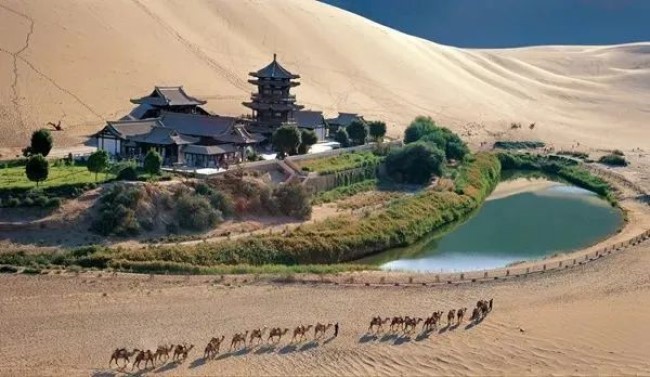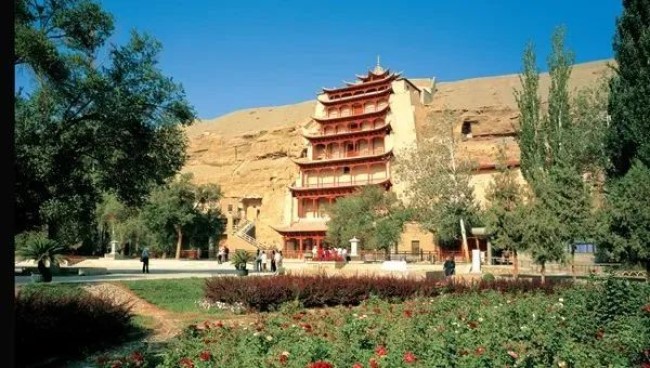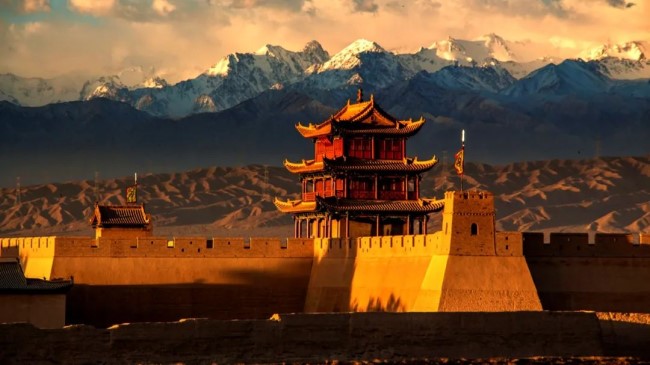Gansu, a jade ruyi inlaid on the ancient Silk Road
Located in the middle and upper reaches of the Yellow River in Northwest China, Gansu covers a vast area of beautiful natural scenery. It looks like a jade Ruyi scepter - a traditional Chinese ornament with a long S-shaped handle and a lingzhi mushroom-shaped head - on China's map.
For tens of thousands of years, mountains, rivers, lakes, glaciers and grasslands have bred magnificent ancient cultures and molded modern society.
Occupying a total area of 453,700 square kilometers, it has:
The longest road in China: the Silk Road

The Silk Road, historically an important international trade route between China and the Mediterranean, stretches more than 6,400 kilometers. The Gansu section, which accounts for a quarter of the total length, is considered a golden section, acting as a splendid bridge that links the cultures of China, Central Asia, India, Persia, Arabia, Turkey, Greece and Italy.
Time-honored Yellow River culture

The Yellow River is over 5,400 kilometers long, one-sixth of which is in Gansu. The mother river of the Chinese nation flows 913 kilometers through Gannan Tibetan Autonomous Prefecture, Linxia Hui Autonomous Prefecture, Lanzhou and Baiyin cities.
The finest desert spring under the heavens: Crescent Spring

Throughout the ages, Crescent Spring has been presented as a miracle for coexisting with tall sand dunes and never drying up. It has been recognized as "one of the most beautiful pieces of scenery outside the Great Wall".
Chinese Art Treasure: Mogao Grottoes

The Mogao Grottoes, first constructed 1,650 years ago, boasts 45,000 square meters of wall paintings and more than 2,000 sculptures. By virtue of the most comprehensive, diversified, and refined Buddhist art heritage with the longest history in the world, the Mogao Grottoes represent the integration of the diversified cultures and civilizations along the Silk Road.
China's No. 1 Pass: Jiayu Pass

Jiayu Pass is the gateway to the westernmost end of the Ming Dynasty Great Wall. It has a history stretching back more than 600 years. It is the most well-preserved ancient military pass along the Ming Dynasty Great Wall and of the most spectacular architectural scale.
-
As AI encounters Dunhuang's art, the ancient caisson ceiling bridges centuries to the present.
View all stories

 Gansu thrives from green development
Gansu thrives from green development  >
>